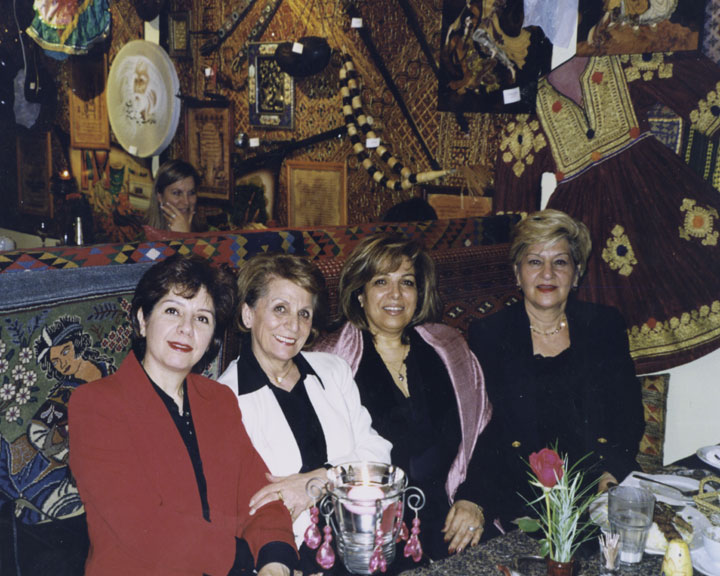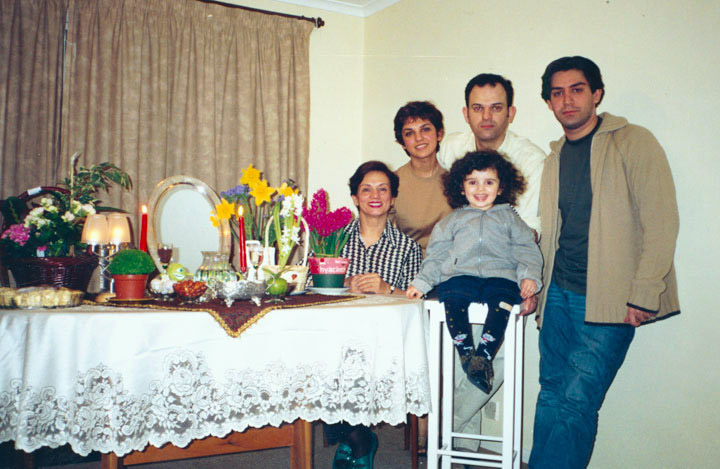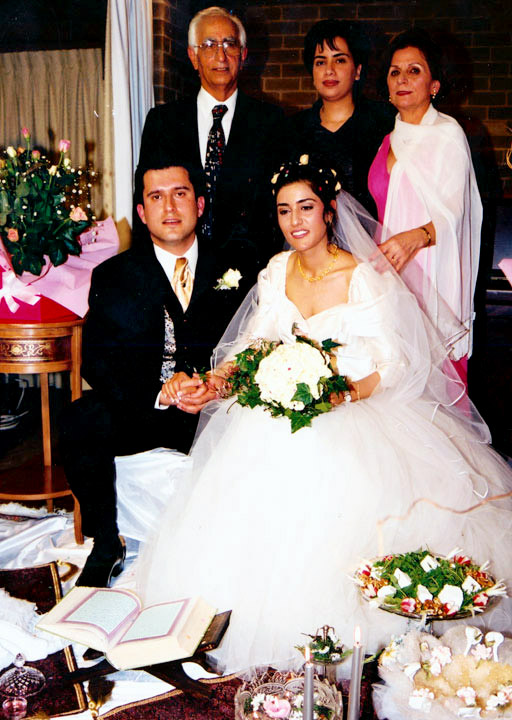Immigration History from Iran to Victoria
Few Iranians settled in Victoria in the nineteenth century, with only seven recorded in the 1891 census. The community began to grow significantly in the decades after World War II, with service workers from the oil industry among the first to settle. By 1976, 390 Iran-born people lived in Victoria.
The fall of the monarchy in Iran in 1979 precipitated a large increase in the number of Iranians settling in Victoria. The monarchy was overtaken by an Islamic government, determined to stop the increasing westernisation of Iran and the weakening of Islam. The situation in Iran deteriorated with the outbreak of an eight-year war between Iraq and Iran in 1980.
In 1981 Australia developed a special Humanitarian assistance program for Baha’i fleeing persecution in Iran. By 1988, some 2,500 Iran-born immigrants had arrived in Australia under this and other immigration categories including the Skilled Stream of Australia’s Migration Program. The Iran-born population in Victoria almost quadrupled during the 1980s, from just 583 in 1981 to 2,230 a decade later. Many were professionals and Western-educated.
The population increased more slowly during the 1990s. The 2016 census recorded 16,628 Iran-born Victorians. These recent arrivals largely immigrated under the Skill and Family Reunion Streams.
Today the majority of Victoria’s Iran-born community live in the municipalities of Manningham and Whitehorse and many are employed as professionals. Iran-born Victorians have a higher proportion of bachelor and postgraduate degrees than the population of Victoria as a whole. They are predominately Muslim (43%) and Baha’i (18%). Iranian culture is supported through the activities of organisations including the Iranian Society of Victoria and the Iranian Cultural School in East Doncaster.
Immigration History from Iran (Farsi) to Victoria
تعداد معدوی ایرانی در قرن نوزدهم میلادی ، تنها با ثبت هفت نفر در سرشماری 1891 ساکن ویکتوریا بودند. پس از چنگ جهانی دوم با فعالیت مفید کارگران در صنعت نفت از بین اولین مهاجران اجتماع آنان به طور قابل ملاحظه ای شروع به رشد کرد. تا سال 1976، تعداد ایرانیانی که در ویکتوریا زندگی میکردند به 390 نفر رسید.
با سقوط سلطنت شاهنشاهی ایران در سال 1979و تعداد گریختگان منجر به افزایش جمعیت ایرانیان در ویکتوریا شد. دولت اسلامی که باعث سرنگونی سلطنت شاهنشاهی بود ، عزم برتوقف رشد غرب زدگی و عدم تضعیف اسلام در ایران را داشت . اما وضعیت ایران با شروع یک جنگ هشت ساله بین ایران و عراق در سال 1980 روبه وخامت گروید.
در سال 1981 استرالیا اقدام به طرح برنامه کمک بشردوستانه به بهائیانی که در ایران مورد ظلم و جور قرار میگرفتند نمود. تا سال 1988، تعداد ایرانیان مهاجر که یا از طریق کمک بشردوستانه و یا دیگر موارد مهاجرتی شامل مهارتهای شغلی برنامه مهاجرتی استرالیا به این کشور آمده بودند به 2500 تن رسید. به این طریق جمعیت ایرانیان ویکتوریا در طول سال 1980 به حدود چهاربرابر رسید ، یعنی بعد از گذشت یک دهه از 1980جمعیت از 583 نفر به 2,230 نفر رشد یافت. بیشتر آنها نیز متخصص و تحصیل کردهء غرب بودند.
افزایش جعیت در طول 1990 روند کندی پیدا کرد. سرشماری 2011 ایرانیان ویکتوریا را تعداد 7,446 نفر ثبت کرده است. بیشتر جمعیت این تازه واردان تحت عنوان مهارتهای شغلی و خانوادگی مهاجرت کرده اند.
امروزه بیشتر جمعیت ایرانیان ویکتوریا در محله های Manningham و Whitehorse زندگی می کنند که بیشتر بعنوان متخصص اشتغال بکار دارند. نسبت تحصیل کرده های ایرانی مقیم ویکتوریا در مقاطع کارشناسی و کارشناسی ارشد بالاتر از کل تحصیل کرده های جمعیت ویکتوریا است . اکثریت قریب به اتفاق مسلمان (43%) و بهایی (18%) هستند. فرهنگ ایرانی از سوی فعالیت سازمان هایی شامل انجمن ایرانیان ویکتوریا و مدرسه تربیتی ایرانیان واقع در East Doncaster نیز حمایت می شود.


